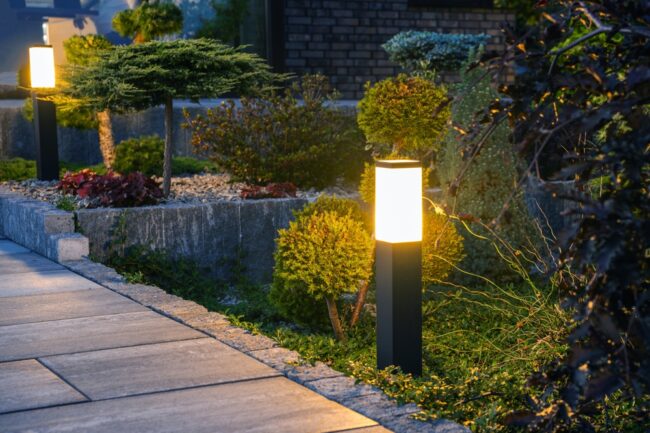
Whether you’re upgrading your garden, enhancing home security, or simply creating ambiance for evening relaxation, the right outdoor lighting can transform any exterior space. From driveways to patios, lighting plays a crucial role in both functionality and aesthetics. But with a wide variety of styles, fixtures, and technologies available, selecting the right option can feel overwhelming. This guide will help you make informed choices based on purpose, placement, and design.
Start with Your Intent: What Do You Need the Lighting to Do?
Before diving into styles and wattages, clarify what you want your lighting to achieve. There are typically three core purposes for exterior lighting:
- Functionality – Lighting pathways, driveways, and entrances to make your property more navigable at night.
- Security – Deters unwanted activity and enhances visibility around dark areas.
- Ambiance – Creates mood and enhances architectural or landscaping features for evening enjoyment.
Your lighting plan may need to balance all three, but identifying the main goal for each area helps avoid over-lighting or under-lighting critical spaces.
Mapping Your Outdoor Areas
Creating a simple layout of your outdoor spaces can help visualize where lighting is required. Walk around your property at dusk to identify dark spots, tripping hazards, or areas where light could elevate visual appeal.
Key areas to assess include:
- Front entry and steps
- Driveways and carports
- Side paths or accessways
- Backyards and patios
- Decks or outdoor dining areas
- Garden beds or water features
- Fence lines and perimeter zones
Once you understand your layout, you can choose lighting solutions tailored to each zone’s needs.
Types of Outdoor Lighting Fixtures
Not all fixtures serve the same purpose. Here’s a breakdown of the most common types and where they work best:
Wall Lights
Installed on exterior walls near entry points or patios. Ideal for general illumination and added visibility.
Path Lights
Low-level fixtures designed to outline walkways, guide guests, and prevent accidents without overwhelming brightness.
Spotlights
Used for uplighting trees, sculptures, or architectural features. A great way to highlight focal points in the landscape.
Floodlights
Bright, broad-beamed lights for security or illuminating larger areas like driveways or yards.
Step and Deck Lights
Mounted on vertical surfaces or in the deck flooring, these enhance safety and ambiance on stairs or platforms.
Bollard Lights
Short, post-style lights often used along pathways or driveways for decorative yet functional illumination.
Choosing the Right Brightness and Colour Temperature
Lumens determine the brightness of a bulb, and different outdoor zones require different levels. For example:
- Security areas may need 700–1300 lumens
- Pathways can be lit with 100–200 lumens
- Decorative garden lighting often stays under 100 lumens
In terms of colour temperature:
- Warm white (2700K–3000K) offers a soft, welcoming glow ideal for patios and entrances.
- Cool white (4000K–5000K) provides brighter visibility, best for functional or security lighting.
- Daylight (5000K+) is often used for task lighting or highlighting large features.
Energy Efficiency and Power Options
Modern lighting doesn’t have to drain power or increase your utility bills. Consider these energy-efficient options:
LED Lighting
Long-lasting and low-energy, LEDs are a popular choice for nearly every outdoor application. They also come in smart options for remote control and scheduling.
Solar-Powered Lights
Great for areas without wiring access. These charge during the day and illuminate automatically at night, though they depend on adequate sun exposure.
Low Voltage Systems
Safer and energy-efficient, these are ideal for landscape lighting and can be controlled through timers or sensors.
Incorporating Smart Features
Smart lighting has made its way outdoors, too. With Wi-Fi or Bluetooth-enabled fixtures, you can schedule lighting times, adjust brightness remotely, or even sync your lights to motion sensors or your voice assistant.
Some systems also include dusk-to-dawn features or motion activation, which are especially useful for driveways, entrances, and side paths.
Aesthetic Considerations
Beyond function, lighting should complement your home’s architecture and landscape design. Choose fixtures that blend with your style—whether that’s modern, coastal, minimalist, or traditional. Consistent finishes (like black, bronze, or stainless steel) help create a cohesive look.
Layering light is also important: combine overhead, accent, and ground-level lighting to add depth and dimension, rather than relying on a single light source.
